The current state of content management software is in flux. A transformation is taking shape in the form of innovation, specificity to function and the technology used to process and share content. While stalwarts of the industry continue to add layers of complexity, upstarts have begun to make their mark advocating simplicity of design.
The fundamental needs for managing unstructured information that exists outside of traditional line of business or structured data systems has not changed. What is changing are the ways in which we want to use content, the devices that access content and the demographics of the workforce. ECM software is now considered by many as an IT Platform. As a Platform, the software is required to meet a laundry list of features and capabilities regardless of operational business or user benefit. Industry analyst and consultants have cavorted with software companies in order to create a quadrant of magic features that every ECM buyer must evaluate, or face certain failure. I will not even mention that whole Sarbanes Oxley mess.
I have been fortunate to work with a tremendously talented group of ECM professionals in my career. I have been involved at every level of solution design for each of the various defined disciplines in the industry. Using ECM technology to enhance business productivity has given me the experience to know the difference between necessary functions and unnecessary features. By working in technical engineering, project management and user roles in hundreds of ECM use cases, I have come to the conclusion that most legacy software packages are way too complicated and unnecessarily expensive.
While many lauded the arrival of SharePoint as the coup de grâce for legacy vendors, many acknowledge that the platform is so broad and requires so much customization that it fails to deliver key business productivity functions as quickly and easily as the Microsoft marketing team would have you believe. Meanwhile, the other legacy vendors continues to layer newer e2.0 features on top of already bloated product suites. Legacy ECM solutions get the job done, and they will meet any diligent RFP coordinators mandatory requirements including most if not all of the evaluation committee’s checklist criteria. However, if you are evaluating ECM software today you should take a step back and ask yourself; “Do I really need all those buttons, commands and features?”
Many longstanding ECM professionals are in a catch twenty two. While many might agree with me, how many of them are willing to stand up and say so. If you currently sell, integrate, consult or work in this industry you likely work with legacy ECM vendors to put the proverbial food on the table. The history of technology teaches us that change is inevitable. As we look to the future, we should all know that the next generation ECM technology will not be what it has been or what it is today.
Comments Welcomed.
Check out http://cloudpwr.com
